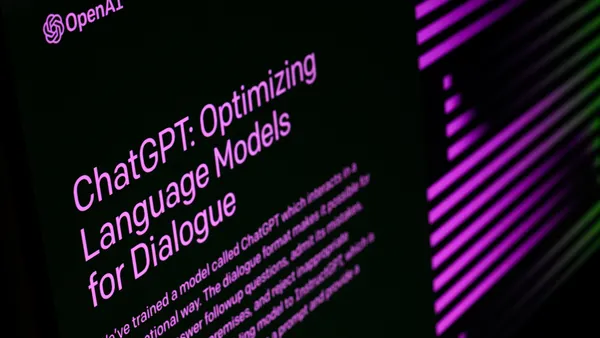In the U.S., businesses are slowly beginning to re-open, testing the waters as states mull re-opening procedures — meaning employers are adjusting on the fly once again.
As some businesses prepare to reopen physical workplaces for employees, employers must focus on strengthening workforce resilience and upholding company values, including diversity and inclusion, and a commitment to putting people first, according to EY.
"Organizations will need to completely reimagine their business model and transform, if they are to thrive in a post-COVID-19 world," Mike Bertolino, EY global people advisory services leader, said in a statement. The firm announced May 7 its Physical Return and Work Reimagined framework for organizations post-COVID-19, a broad two-gear framework created to help manage risk and compliance and enhance the employee experience, EY said in a statement. The plan offers a suite of technology assessment and analytical tools starting with immediate steps to keep employees safe including health monitoring, social distancing and site safety and capacity planning.
Not all employees will be returning to work at the same time, according to EY. The firm's framework includes workforce planning diagnostics to profile who can and should work on-site or remote, along with the technology to help manage remote workforce capability.
'Putting people first' in return to work
Protocols behind preparing employees for the "new normal" may need to include plans for both onsite employees and those remaining remote. But regardless of the planning logistics, employees' wellbeing and experiences should remain a priority, Bertolino said. "By putting people first, organizations can build and maintain trust with their employees, their customers and their stakeholders," he said in the statement.
EY, for its part, has focused on ensuring its employees are getting the support they need; the company's professional networks have played a major role in facilitating that, Susan Robinson, EY Americas diversity and inclusiveness and transactions change leader, told HR Dive. The professional networks, which have a strong commitment to D&I, help facilitate "a very consistent message to staff" around topics including job stability and health and safety, Robinson said.
"There's a huge pressure on economics, there's no question about it," she continued. "But there's equal pressure on people." A return to the workplace approach is effective if it's comprehensive and coordinated, Robinson said. "In our return to work efforts, we are being very mindful of how we infuse workforce priorities to make sure there's a good focus on D&I, in particular."
In the return to work phase, companies have an opportunity to ensure its values around a diverse and inclusive workforce are upfront, Robinson said. If an organization has matured in regard to diversity and inclusion, "the likelihood is pretty high that you're going to continue to let those values be front and center and very deliberate on pulling them through" as companies move through the return to work stage, Robinson said. If a company is not as mature, "it's even more important to figure out how you move from compliance D&I to more strategic thinking."
Companies that prioritize people, deploy technology for speed and develop innovation at scale will be able to adapt even faster during the pandemic and beyond, Kate Barton, EY global vice chair of tax, said in a statement.











